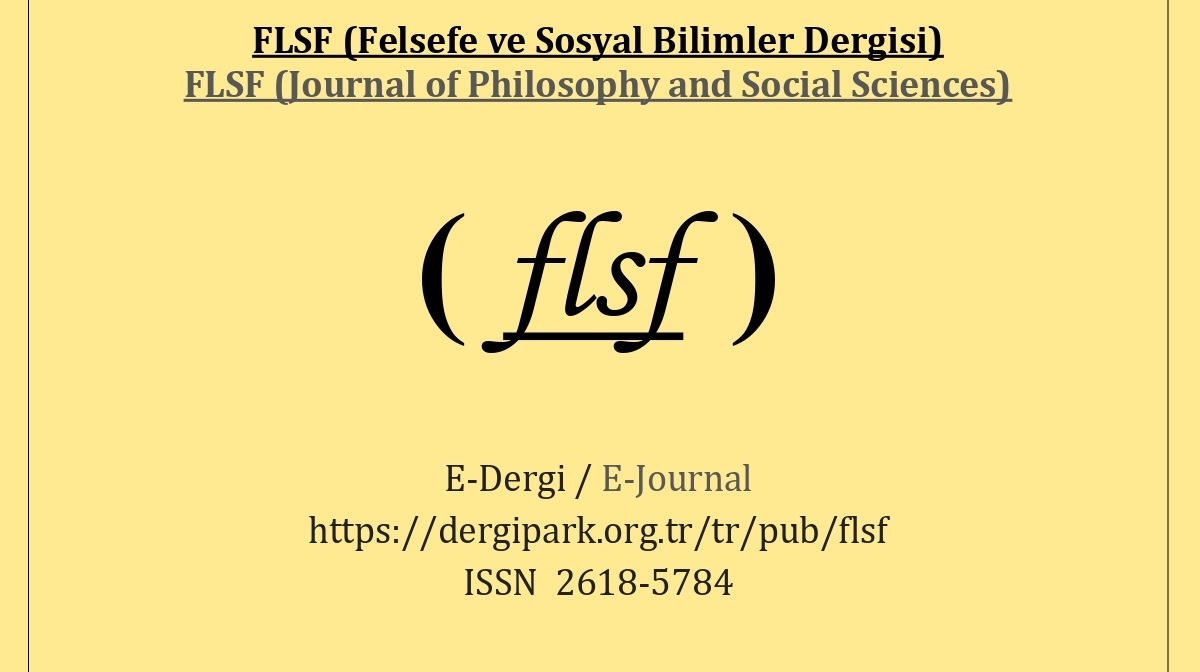


Publication info: Serdal TÜMKAYA, “What does the Continuity Thesis Really Mean in Quine’s Philosophy?” FLSF, 2023, Issue: 35, 179--192, https://doi.org/10.53844/flsf.1224220
The Continuity Thesis, which is used to describe the iconoclastic approach brought by the American philosopher Quine, who is considered to be one of the greatest analytic philosophers of the twentieth century, to the relations between and among “science and philosophy,” “science and common sense,” and “philosophy and common sense.” It implies that these three cannot be categorically separated from each other but are types of knowledge that overlap, in essence, on a continuous spectrum. The strict separation of science and philosophy, especially in analytic philosophy, was the prevailing view for decades. However, thanks to Quine’s devastating critique of boundary disputes, many analytic philosophers today have admitted that these boundaries are, at least, highly blurry. This thesis greatly impacted the then-standard view about how philosophy should be done and, therefore, how philosophy is done today.
Dr. Tümkaya, in this work, tries to find the true meaning of the Continuity Thesis, which many philosophers accuse of being ambiguous, extreme, and trying to destroy philosophy from within.
The continuity thesis (CT) does not suggest that the similarities between science, common sense, and philosophy are much more than its opponents might claim. Under its Quinean motivation, CT is used to suggest a normative idea concerning how to do philosophy; it is not a descriptive thesis about the actual relationships between philosophy, common sense, and science, except the historical and developmental origins of them. CT is not primarily a descriptive thesis on the similarities between science and non-science. It is, however, based upon another descriptive, closely related thesis: starting from the middle. All thought, human and animal, scientific or not, begins from an inherited mass of knowledge, assumptions, and a surrounding general framework. There is no cosmic exile, Archimedean point, and “view from nowhere.” This is an observation for Quine and underlies his attack against the analytic and the synthetic distinction; his defense of holism and of empiricism which in combination yields Quinean naturalism. Thus, CT should be considered as the ultimate expression of Quinean naturalism and cannot be invalidated by showing the vast differences, even occasionally outright opposition, between science, common sense, and philosophy. Neither does it imply that philosophy must be assimilated into science without a substantial shift in the present notion of science.